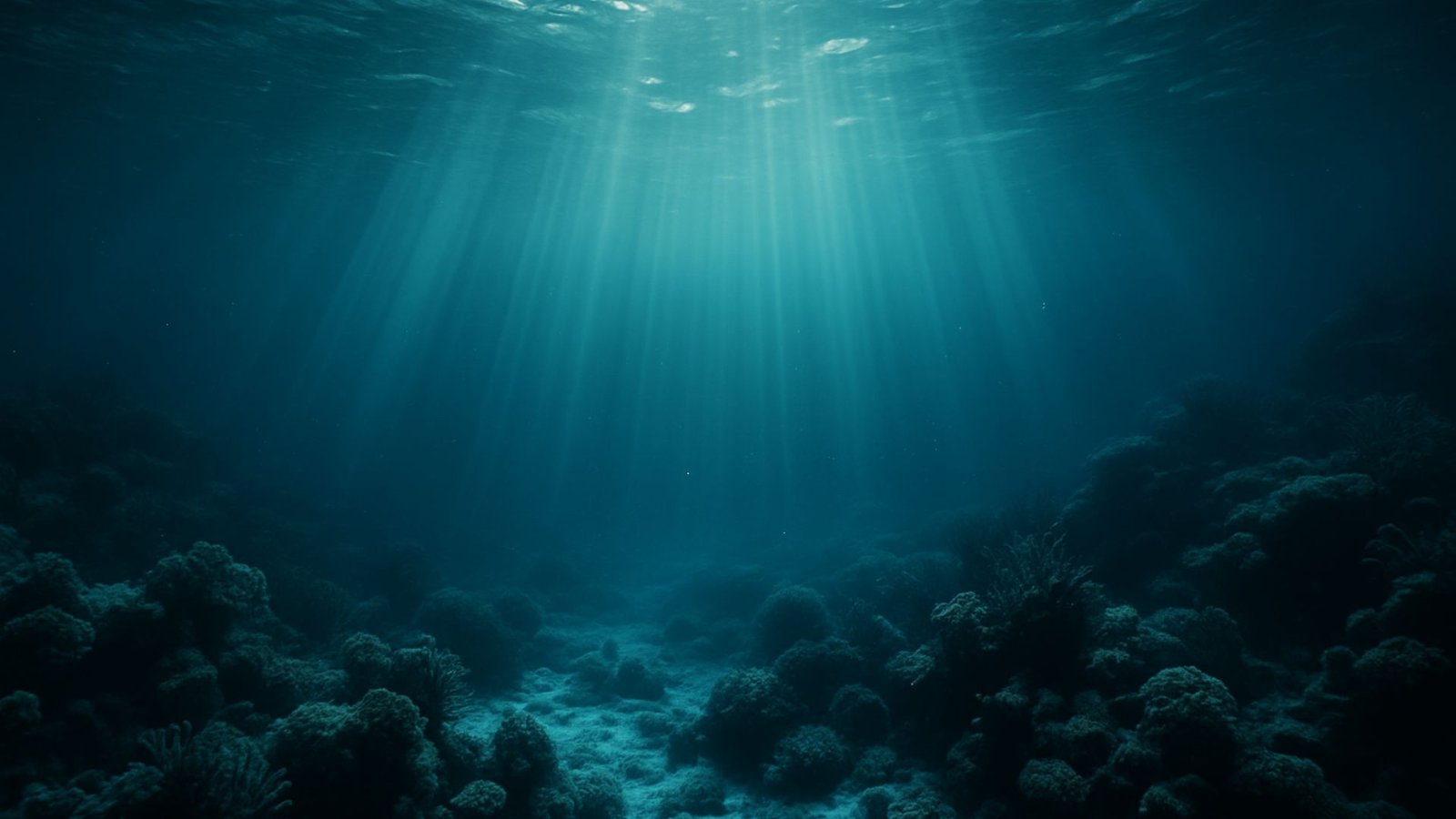The vastness of our oceans has always inspired wonder, fascination, and sometimes misunderstanding. Covering over 70% of Earth’s surface, these magnificent bodies of water remain largely unexplored, giving rise to various myths and misconceptions that have persisted through generations.
These myths didn’t appear from nowhere. Many evolved from sailors’ tales passed down through centuries, while others stemmed from limited scientific understanding of earlier times. As technology advances and marine exploration reaches new depths, we’re continually discovering that the truth about our oceans is often more fascinating than fiction.
1. Not All Ocean Water Is Equally Salty
Surprising Science
Many believe that ocean water has uniform saltiness throughout the world. This widespread misconception suggests that if you’ve tasted one ocean, you’ve tasted them all. However, this simply isn’t true.
Ocean salinity actually varies significantly depending on location, depth, and environmental factors. The Atlantic Ocean generally contains higher salt concentrations than the Pacific. Areas near river mouths or ice melt zones contain notably less salt, sometimes creating distinct layers of varying salinity. The Dead Sea, famous for its extreme buoyancy, contains nearly 10 times the salt concentration of average ocean water. These variations create crucial gradients that drive ocean currents and influence marine ecosystems worldwide.
2. Coral Reefs: Living Ecosystems, Not Just Rocks
Nature’s Marvel
The misconception that coral reefs are simply colorful underwater rock formations persists among many people. This myth likely stems from their rock-like appearance and seemingly static nature when observed briefly.
In reality, coral reefs rank among Earth’s most dynamic and biologically diverse ecosystems. These magnificent structures consist of tiny animals called coral polyps that build calcium carbonate skeletons. These polyps live in symbiosis with photosynthetic algae that provide nutrients through photosynthesis. A healthy coral reef teems with life and constant activity—growing, reproducing, and evolving. Reefs support approximately 25% of all marine species while covering less than 1% of the ocean floor, making them the rainforests of the sea. Their importance extends beyond biodiversity to coastal protection, carbon sequestration, and economic value through tourism and fisheries.
3. The Bermuda Triangle: More Mundane Than Mysterious
Myth Busting
The Bermuda Triangle has developed a sinister reputation as a supernatural zone where ships and aircraft mysteriously vanish without trace. Popular culture has fueled this myth through sensationalized stories about unexplained disappearances in this roughly triangular area between Miami, Bermuda, and Puerto Rico.
Scientific investigation reveals far more ordinary explanations. The region experiences frequent tropical storms and hurricanes, while the Gulf Stream creates rapidly changing weather conditions. The deep water and strong currents can quickly disperse wreckage. Human error plays a significant role in many incidents, especially considering the heavy traffic through this major shipping lane and travel route. Statistical analysis shows that disappearances occur at rates similar to other busy maritime regions with comparable weather conditions. The mystery dissolves when examining the evidence objectively rather than selectively highlighting unusual cases while ignoring explanations.
4. Sea Monsters: Misidentified Marine Life
Ocean Insights
Tales of terrifying sea monsters have captivated human imagination for centuries. From the giant kraken pulling ships underwater to modern legends of massive unidentified creatures lurking in the deep, these stories persist despite lack of scientific evidence.
Most alleged sea monster sightings can be attributed to misidentified known marine animals observed under challenging conditions. Giant squid, which can reach lengths of 43 feet, likely inspired many kraken legends. Oarfish, which grow up to 36 feet long with serpentine bodies, wash ashore occasionally and resemble descriptions of sea serpents. Partial whale carcasses, with decomposition altering their appearance, have frequently been mistaken for unknown creatures. While the deep ocean certainly harbors undiscovered species, scientific evidence contradicts the existence of massive, predatory monsters. The real diversity of marine life—from bioluminescent creatures to extremophiles surviving near hydrothermal vents—proves more fascinating than mythical monsters.
5. The Ocean’s Blue Color: Not Just Sky Reflection
Fascinating Physics
A persistent myth suggests that oceans appear blue simply because they reflect the blue sky above. While this explanation seems intuitive, it oversimplifies the fascinating physical properties at work.
Water molecules actually absorb longer wavelengths of light (reds, oranges, and yellows) more readily than shorter wavelengths (blues). When sunlight penetrates water, the red portions of the spectrum get absorbed first, while blue wavelengths penetrate deeper and scatter more effectively. This intrinsic property means water appears blue even in controlled environments with no sky reflection. The varying shades of blue we observe—from turquoise in shallow tropical waters to deep navy in the open ocean—result from factors including depth, suspended particles, biological activity, and bottom composition. Coastal waters containing more sediment or algae often appear green or brown because these materials reflect different light wavelengths. The science behind ocean color reveals complex interactions between light and matter that go far beyond simple reflection.
A World Worth Protecting
These ocean myths remind us how much there remains to learn about our planet’s most dominant feature. The reality behind these misconceptions highlights the incredible complexity and importance of healthy marine ecosystems.
As exploration technology improves, scientists continue making remarkable discoveries that deepen our understanding of ocean processes and the extraordinary creatures inhabiting them. This growing knowledge underscores the critical importance of ocean conservation efforts worldwide.

